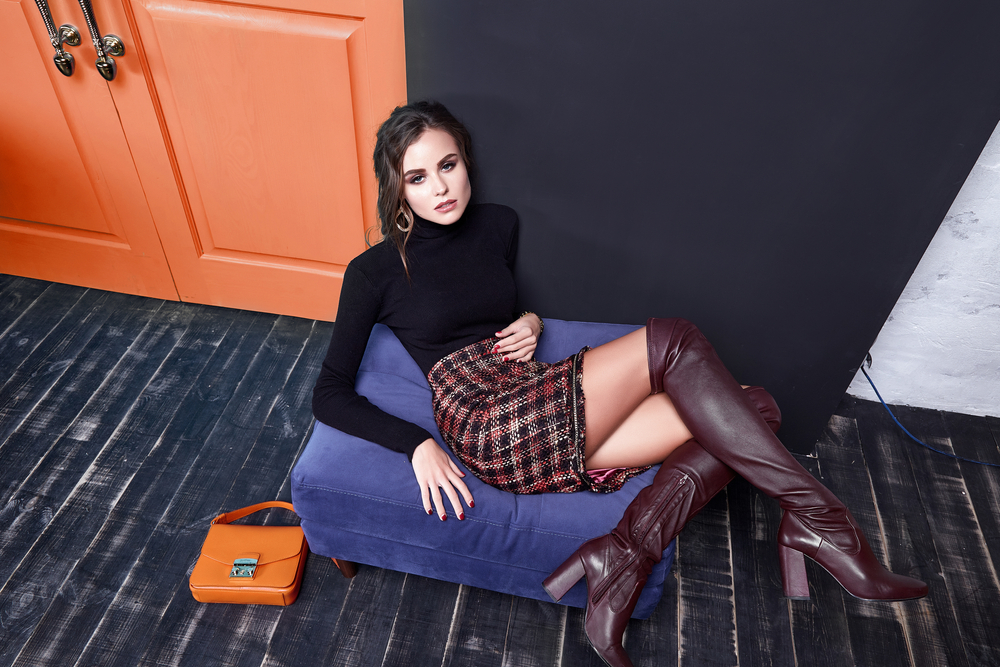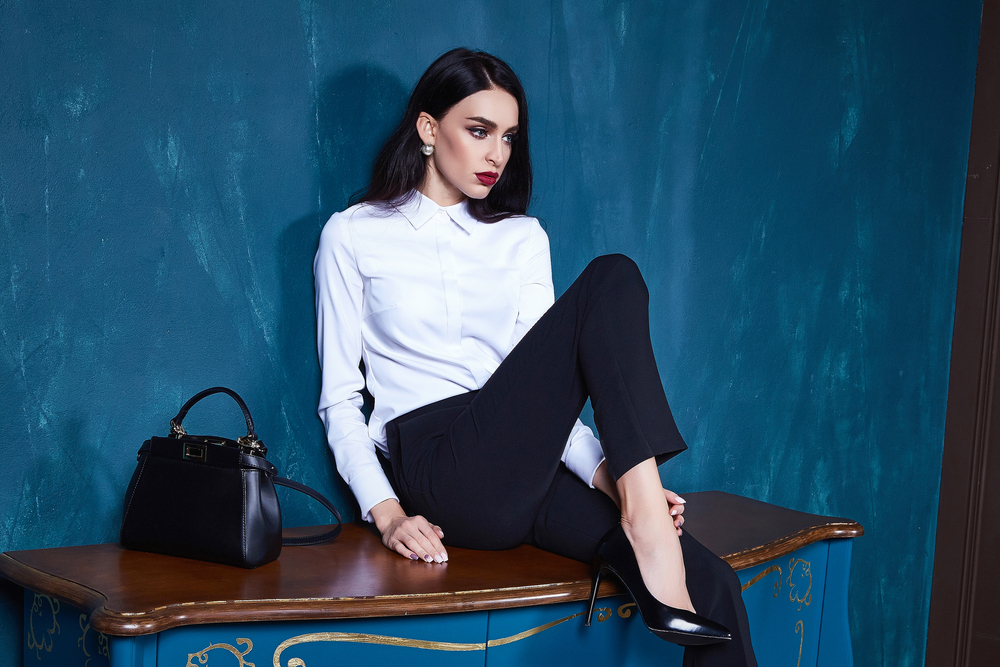
The Art of Fashion Modeling: Unveiling the Secrets Behind Mesmerizing Runway Performances in Photoshoots

When we gaze upon the breathtaking fashion models strutting down the runway or showcasing the latest trends in a photoshoot, we can't help but be captivated by their grace, confidence, and poise. The world of modelling , however, is much more than meets the eye. It involves hard work, skill, and a deep understanding of the artistry behind every pose, expression, and movement. In this article, we will delve into the secrets of fashion modeling , unraveling the hidden aspects that make these performances so mesmerizing and captivating to the beholder.
The Model's Canvas: Body Language and Expression
A fashion model's body is their canvas, serving as the means to bring the designer's vision to life. Beyond the superficial beauty, modeling entails a deep understanding of body language and expressive communication. Models must convey a range of emotions, attitudes, and narratives through their poses and facial expressions, all while exuding an aura of strength and magnetism. They master the art of utilizing their bodies as tools of communication, compelling the audience's attention and igniting their imagination.
Whether it's a fierce walk down the runway, a playful interaction with props, or a powerful gaze captured in a photoshoot, models have an innate ability to convey moods, concepts, and stories that transcend words.
The Walk: Catapulting Confidence
The iconic runway walk is one of the most defining moments in a fashion show. Models stride down the catwalk, oozing confidence, elegance, and determination. But what lies behind this seemingly effortless procession?
Modeling schools and agencies provide comprehensive training in mastering the perfect runway walk. From posture and poise to timing and presence, models learn how to harness their bodies and captivate the audience with every step. The catwalk is a choreographed art form in itself, and models must internalize the rhythm, choreography, and energy of the runway to deliver a seamless performance.
Through countless hours of practice, models develop their unique walk - a signature style that reflects their personality and creates an unforgettable impact on the runway.
The Power of Posing: Sculpting Spaces
Posing is the language of modeling - the ability to strike captivating and aesthetically pleasing positions that accentuate the clothing, showcase the designer's vision, and evoke a desired emotion. Models must experiment with various poses and understand the interplay between body, garment, and environment.
A great pose not only showcases the clothes but also creates illusions and narratives. Models skillfully transform themselves into living sculptures, accentuating their best features while drawing attention away from any perceived flaws. Through posing, they breathe life into static images, taking them from mere clothes on a hanger to multidimensional works of art.
The Secrets of Expression: Eyes That Tell a Thousand Stories
They say the eyes are the windows to the soul, and in fashion modeling, this adage couldn't be truer. Models possess the uncanny ability to convey emotions and narratives through their eyes, capturing the viewer's attention and igniting their imagination.
Whether it's a seductive gaze, a fierce stare, or a vulnerable look, the power of the eyes adds depth and layers to the overall performance. Models master the art of expressing their intended emotions through their eyes, drawing the audience into the story being told.
Frequently Asked Questions
Q: Are there height requirements for fashion models?
A: Height requirements vary depending on the type of modeling and the market. While runway models typically need to meet minimum height requirements (usually around 5'9" for women and 6'0" for men), there is also a demand for petite and plus-size models in the industry.
Q: How do models maintain their physique?
A: Maintaining a fit physique is essential for models. They achieve this through a combination of regular exercise, balanced diets, and a healthy lifestyle. Many models work with nutritionists and fitness trainers to develop personalized plans that suit their unique needs.
Q: Do models always have to wear uncomfortable clothes and shoes?
A: While it is true that models often wear high heels and clothing that may not be comfortable, it is a part of the job. Designers and stylists aim to create a particular aesthetic, and models must adapt to showcase the clothes effectively. However, backstage, models are usually provided with more comfortable options to alleviate any discomfort during breaks.
Q: How do models prepare for photoshoots?
A: Preparing for a photoshoot involves several steps. Models research the theme and concept of the shoot to understand the desired look and feel. They work on their posing skills and practice various expressions in front of a mirror. Additionally, they pay attention to their skincare routine, ensuring their skin is in optimal condition for the camera.
Q: Can anyone become a fashion model?
A: While the fashion industry has become more inclusive over the years, becoming a fashion model requires certain physical attributes, dedication, and perseverance. It is a competitive industry, and aspiring models often need to have a unique look, a professional portfolio, and the ability to handle rejection. However, the industry is continually evolving, opening doors for a more diverse range of models.
In conclusion, fashion modeling is an art form that encompasses much more than what meets the eye. Behind the captivating runway performances and mesmerizing photoshoots lie years of training, commitment, and mastery of body language, expression, posing, and storytelling. As we continue to admire the work of fashion models, let us celebrate their ability to transform clothes into powerful works of art.
Other useful resources
- https://www.planetmodelphoto.com/models/modeling/usa/wilmington/nc-north-carolina
- https://en.wikipedia.org/wiki/Category:Modeling_(profession)
- https://en.wikipedia.org/wiki/Category:Models_by_modeling_agency